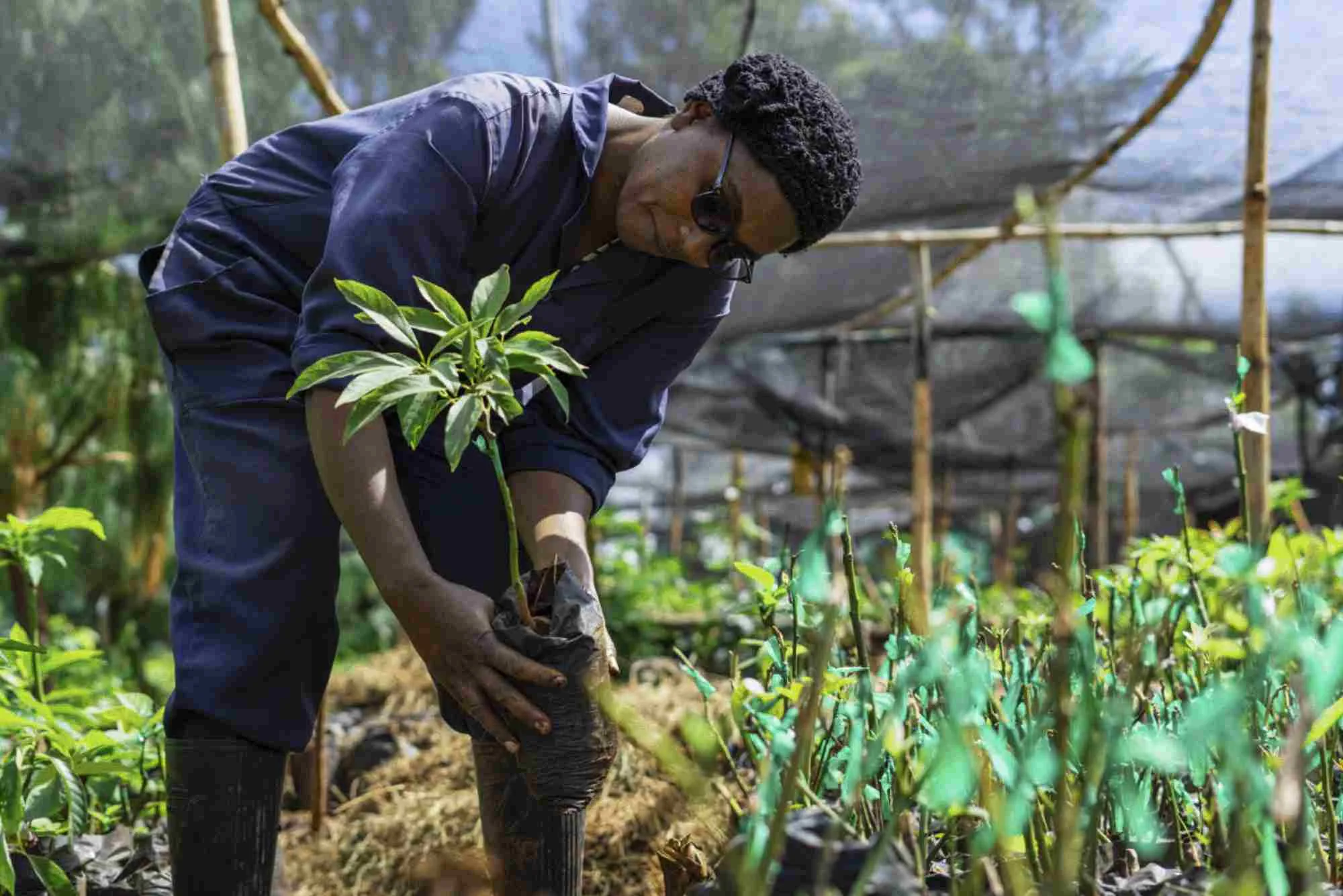Green Bonds Pipeline Expands as Governments Back Climate Infrastructure
Record $6.2 Trillion Market Milestone Reached as Public Sector Drives Climate-Resilient Project Finance
NEW YORK, November 20, 2025 – The global green bonds market has reached a critical inflection point, with cumulative sustainable debt surpassing $6.2 trillion in the first half of 2025, as governments worldwide accelerate capital deployment toward climate infrastructure and adaptation projects. The surge represents a 17% increase from semi-annual averages since 2021, driven by sovereign issuers and development banks that now comprise 45% of cumulative climate-aligned debt issuance.
According to the Climate Bonds Initiative, green bonds accounted for 61% of total sustainable debt issued in H1 2025, with $193.6 billion in aligned green volume recorded in Q2 alone—the second-highest quarterly total on record. This expansion reflects a fundamental shift in public finance strategy, as governments move from policy pledges to concrete capital markets interventions. The World Bank’s latest market analysis reveals that 59 sovereign issuers have now accumulated $695 billion in labeled sustainable bonds, with public sector entities representing 34% of the entire $6.1 trillion market as of March 2025.
This governmental momentum is translating directly into on-the-ground infrastructure. Canada’s fifth green bond issuance in October 2025—featuring a new 30-year maturity—has raised over $13 billion since 2022 to fund renewable energy, clean transportation, and nature conservation projects. Similarly, Japan’s €300 million flood protection bond and the Asian Infrastructure Investment Bank’s AUD 500 million climate-resilient infrastructure bond demonstrate targeted financing for adaptation measures. The International Finance Corporation reports delivering $25.7 billion in climate finance in fiscal year 2025, with proceeds earmarked for solar grids, hydroelectric capacity, and energy-efficient urban transit systems across emerging markets.
Market dynamics indicate robust institutional appetite despite macroeconomic headwinds. Data shows that 70% of sovereign issuers in the Bloomberg Global Aggregate Index have now issued green or sustainable-labeled debt, while development banks crossed the $1 trillion cumulative issuance milestone in Q1 2025. Investor demand is increasingly sophisticated, with sustainability-linked bonds reaching $9.7 billion in H1 2025—their third-highest half-year total. The focus on measurable outcomes is intensifying, with third-party verification and climate risk disclosure becoming standard practice. New frameworks targeting methane abatement and biodiversity are expanding eligible project categories, as seen in recent issuances from Belgium’s Fluvius and France’s Waga Energy.
Looking ahead, the green bonds pipeline is projected to grow from $673.12 billion in 2025 to $813.92 billion by 2030, representing a 3.91% compound annual growth rate. However, challenges persist. Q1 2025 issuance declined 18.6% year-over-year amid geopolitical volatility, and emerging markets still represent only 14% of total labeled bond volume despite disproportionate climate vulnerability. The market also faces scrutiny over “greenwashing,” prompting initiatives like the Climate Bonds Initiative’s Resilience Taxonomy and enhanced certification protocols.
QUOTE:
“The first half of 2025 marked a milestone, as Climate Bonds-aligned GSS+ debt surpassed $6 trillion,” said Clodagh Muldoon, Head of Research at Climate Bonds Initiative. “Development banks joining the USD 1 trillion club signals that public financial institutions are no longer just participants—they are architects of the climate transition. We’re seeing encouraging signs that these institutions are steering capital toward methane abatement and adaptation infrastructure, which have historically been underfinanced relative to mitigation.”
ABOUT THE COMPANY
Climate Finance Analytics (CFA) is a leading research and advisory firm specializing in sustainable capital markets intelligence. CFA provides institutional investors, development banks, and sovereign issuers with data-driven insights on green bond pricing, climate risk integration, and transition finance strategies. The firm’s proprietary database tracks over $8 trillion in labeled sustainable debt across 150+ jurisdictions, offering benchmark analytics and issuer scoring methodologies aligned with the Task Force on Climate-related Financial Disclosures (TCFD) and the EU Taxonomy for Sustainable Activities.
Media Contact
Sarha Al-Mansoori
Director of Corporate Communications
G42
Email: media@g42.ai
Phone: +971 2555 0100
Website: www.g42.ai






